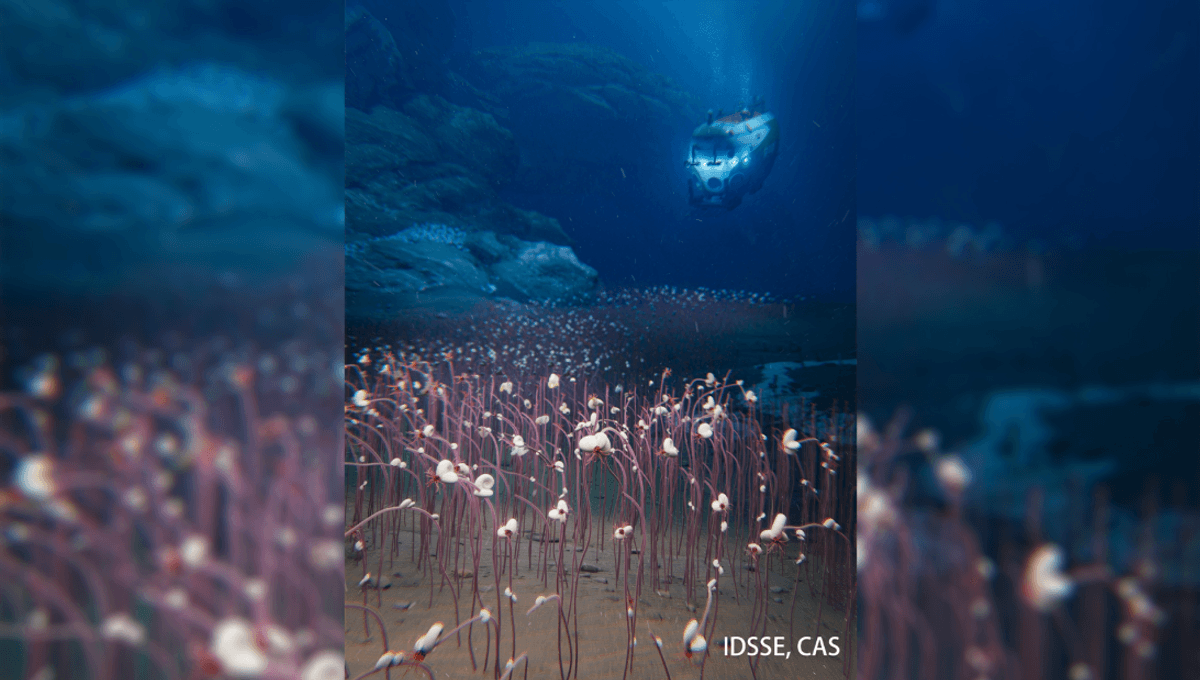
Life can thrive in some seriously extreme environments, from the salty to the cold, and now the surprisingly deep, as scientists have found the deepest complex ecosystem ever discovered. The hadal trenches these animals call home can be as deep as 9,533 meters (31,276 feet) and play host to species that get their energy from chemical reactions. Handy, given there’s no sunlight in the hadal zone.
Getting your energy from chemical reactions is what’s known as chemosynthesis. We’ve found animals that live this way in places like hydrothermal vents and cold seeps, but rarely at depths beyond 7,000 meters (22,966 feet). That said, we hadn’t really tried looking any deeper than that for this kind of life, until now.
This new study sought to take a deeper look at life in the hadal zone and discover whether chemosynthetic communities could be lurking here. It would seem they have been rewarded, as what they discovered in Kuril–Kamchatka and western Aleutian Trenches pushes the known limits of chemosynthetic life deeper than ever before.
During a 2024 expedition, the team used the Fendouzhe submersible – China’s first full-ocean-depth crewed submersible – to go on 23 dives across both trenches. They conducted high-definition video surveys, collected sediment cores, and biological samples, and then used genetic sequencing and chemical analysis to get an idea of what species were present, and how they were surviving in such a seemingly inhospitable environment.
What they discovered is that there are thriving chemosynthetic communities living in the hadal zone, including tubeworms, clams, gastropods, amphipods, and polychaetes. The deepest of these live 9,533 meters below the ocean surface, and sometimes reached densities of over 5,800 tubeworms per square meter.
As for how they’re living it up in a zone previously though to be unsuitable for supporting complex ecosystems? Give it up for the microbes.
“These communities are sustained by hydrogen sulfide-rich and methane-rich fluids that are transported along faults traversing deep sediment layers in trenches, where methane is produced microbially from deposited organic matter, as indicated by isotopic analysis,” wrote the authors.
“Given geological similarities with other hadal trenches, such chemosynthesis-based communities might be more widespread than previously anticipated. These findings challenge current models of life at extreme limits and carbon cycling in the deep ocean.”
The study is published in the journal Nature.
Source Link: The Deepest Complex Ecosystem Ever Discovered Has Been Found 9,000 Meters Below The Sea